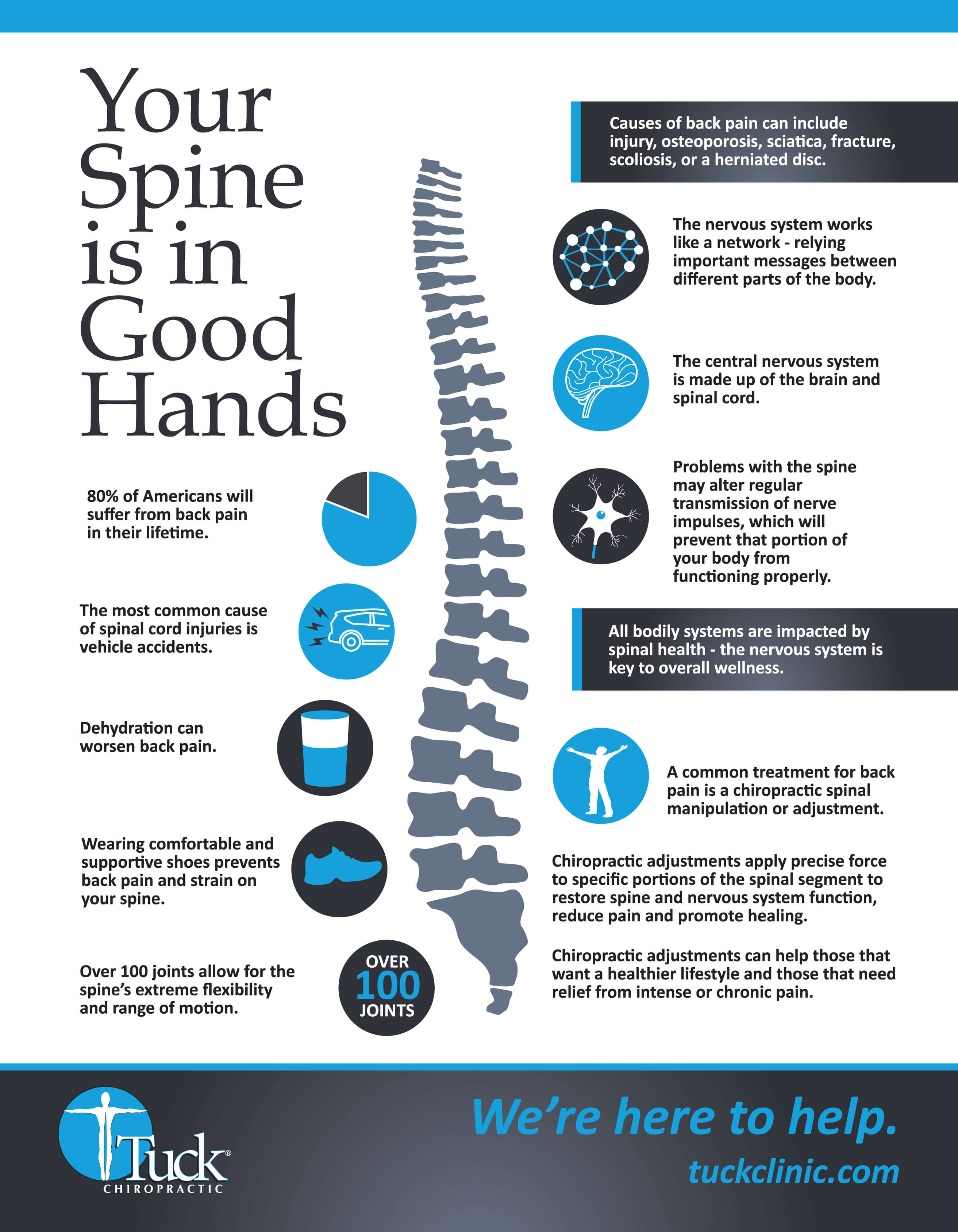Brace Yourself For An Expedition Right Into The Captivating Cellular Communications Of Cold Laser Treatment And Its Use Of Light As A Recovery Device. Take A Deeper Study The Scientific Facets!
Brace Yourself For An Expedition Right Into The Captivating Cellular Communications Of Cold Laser Treatment And Its Use Of Light As A Recovery Device. Take A Deeper Study The Scientific Facets!
Blog Article
Produced By-Harbo Pedersen
You may have heard of cold laser treatment as an encouraging treatment alternative for various problems, but have you ever wondered just how it in fact works with a cellular degree? Comprehending the mechanisms behind this treatment can shed light on its effectiveness in promoting healing and reducing inflammation. By discovering stamford ct iv therapy behind cold laser therapy, you'll acquire understandings right into the interesting methods which light can influence mobile processes and promote tissue repair work.
Exactly How Cold Laser Therapy Works
To understand just how cold laser therapy works, you require to grasp the essential concepts of how light energy connects with organic tissues. Cold laser treatment, likewise known as low-level laser therapy (LLLT), makes use of specific wavelengths of light to penetrate the skin and target underlying tissues. Unlike the intense lasers used in procedures, cold lasers release low degrees of light that don't generate warm or trigger damages to the cells.
When these mild light waves get to the cells, they're soaked up by parts called chromophores, such as cytochrome c oxidase in mitochondria. This absorption activates a collection of biological responses, including increased mobile energy manufacturing and the launch of nitric oxide, which enhances blood circulation and decreases inflammation.
Additionally, the light power can additionally boost the production of adenosine triphosphate (ATP), the energy currency of cells, helping in cellular repair service and regeneration procedures.
Essentially, cold laser therapy uses the power of light power to advertise healing and minimize discomfort in a non-invasive and mild fashion.
Mechanisms of Action
How does cold laser treatment actually work to create its healing results on organic tissues?
Cold laser therapy, also called low-level laser treatment (LLLT), runs via a procedure called photobiomodulation. When the cold laser is related to the skin, the light power penetrates the cells and is soaked up by chromophores within the cells.
These chromophores, such as cytochrome c oxidase in the mitochondria, are then promoted by the light power, leading to a waterfall of biological reactions. One crucial mechanism of activity is the improvement of cellular metabolic rate.
The absorbed light power increases ATP manufacturing in the mitochondria, which is critical for mobile feature and repair. In addition, cold laser therapy assists to lower inflammation by preventing inflammatory arbitrators and promoting the launch of anti-inflammatory cytokines.
https://www.newscentermaine.com/article/news/health/tick-and-lyme/patients-with-post-lyme-disease-flocking-to-alternative-treatments/97-e3929729-2648-4b37-8126-4bf122ff101b anti-inflammatory impact adds to discomfort relief and cells recovery.
Therapeutic Impacts
Comprehending the therapeutic impacts of cold laser therapy entails identifying just how the enhanced cellular metabolism and anti-inflammatory residential or commercial properties add to its positive results on organic tissues.
When the cold laser is related to the afflicted location, it promotes the mitochondria within the cells, causing increased manufacturing of adenosine triphosphate (ATP), which is critical for mobile function and fixing. This increase in mobile power increases the healing process by promoting cells regrowth and reducing swelling.
In addition, the anti-inflammatory homes of cold laser therapy help to decrease pain and swelling in the targeted location. By hindering inflammatory conciliators and advertising the launch of anti-inflammatory cytokines, cold laser treatment help in minimizing pain and enhancing the overall healing feedback.
This reduction in inflammation not just supplies instant relief yet likewise sustains long-term tissue repair service.
Final thought
Finally, cold laser therapy functions by promoting cellular repair and cells regrowth via photobiomodulation. Its anti-inflammatory properties provide pain alleviation and decrease swelling by inhibiting inflammatory conciliators.
This therapy provides a comprehensive approach to recovery, delivering both prompt alleviation and long-term tissue repair benefits.
With its mechanisms of action, cold laser therapy confirms to be an effective and promising therapy alternative for a range of problems.
